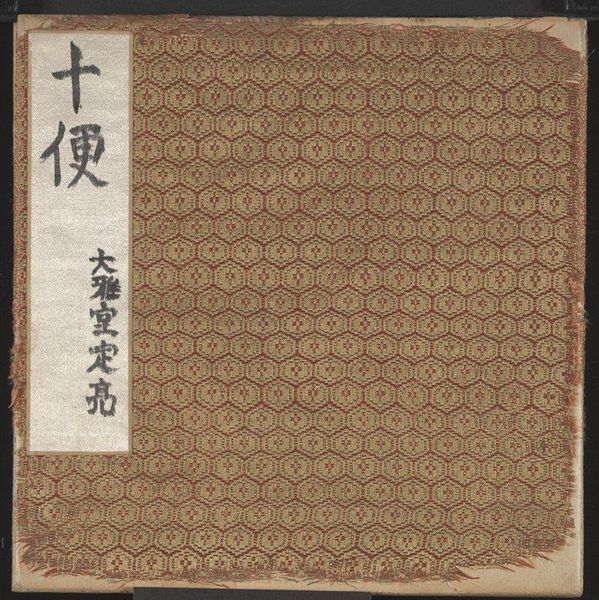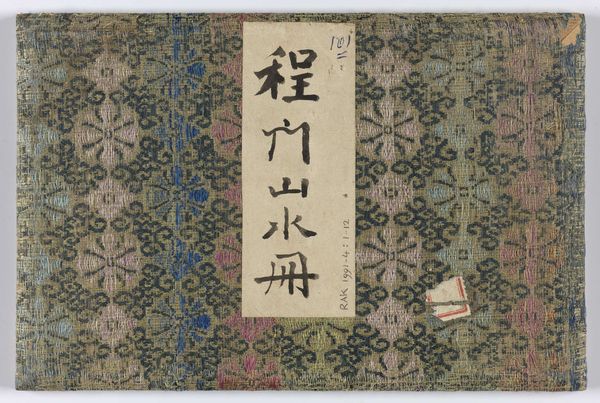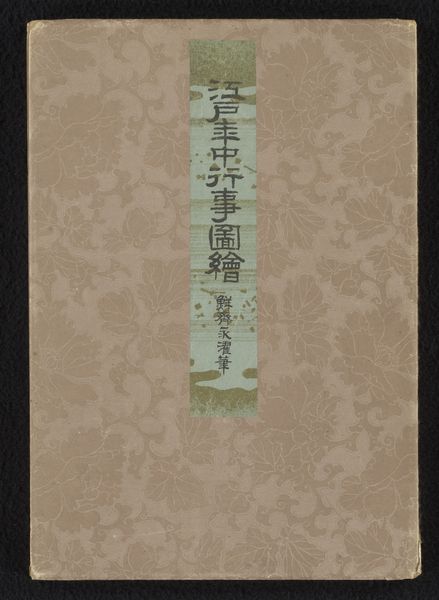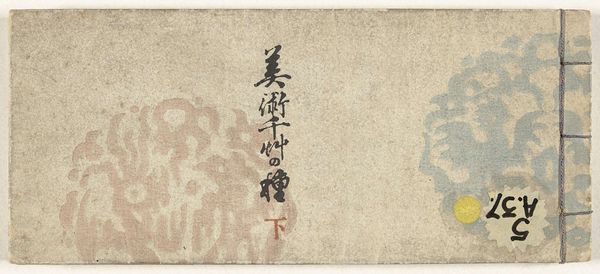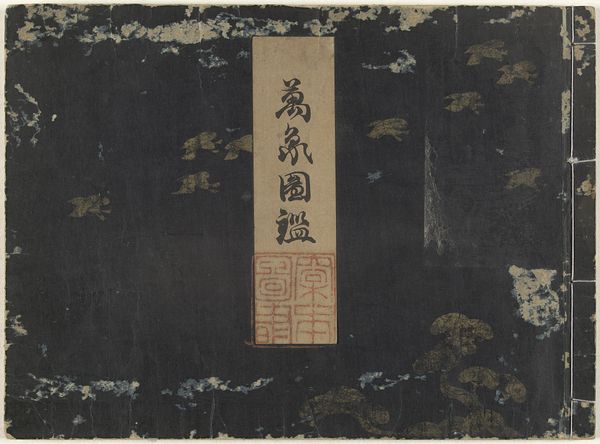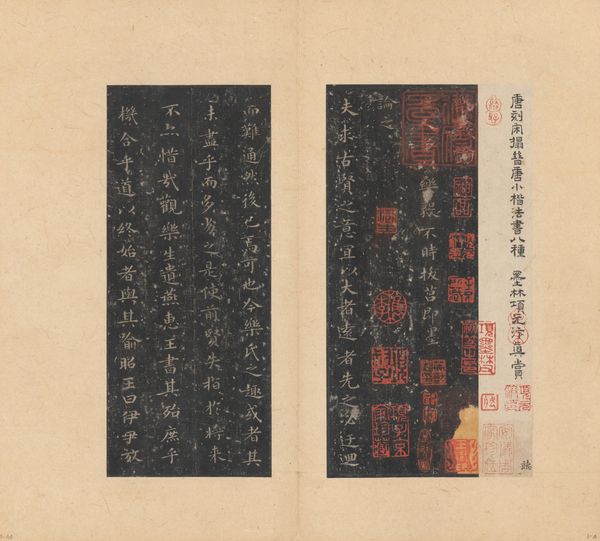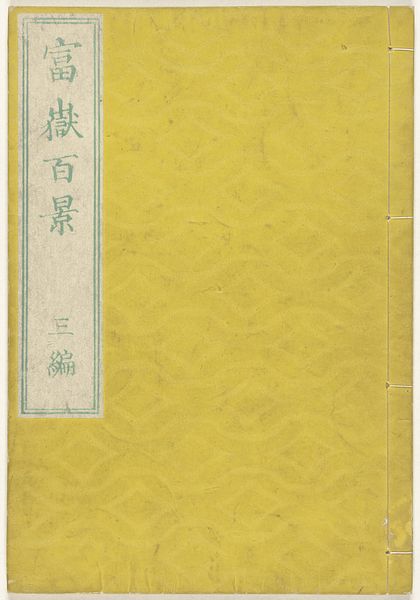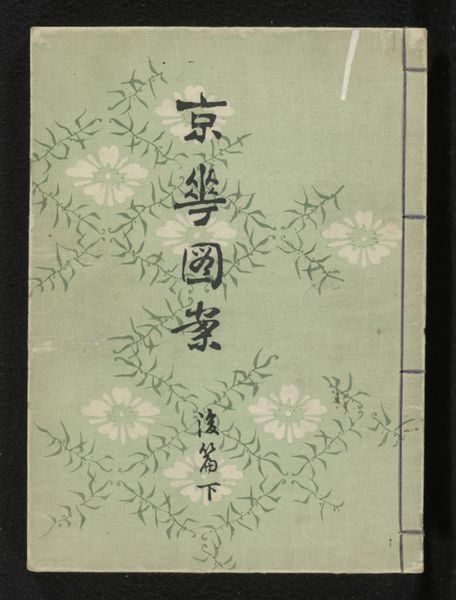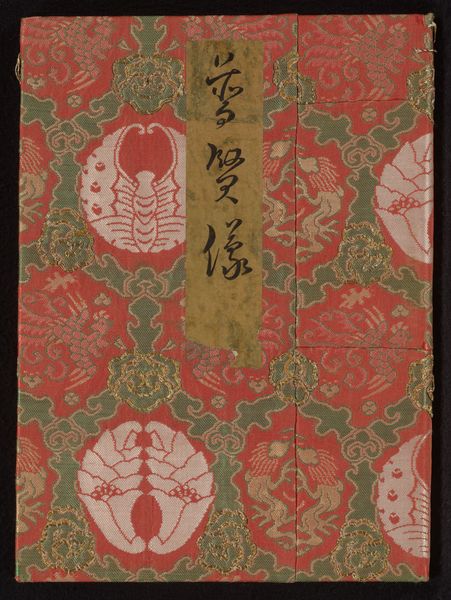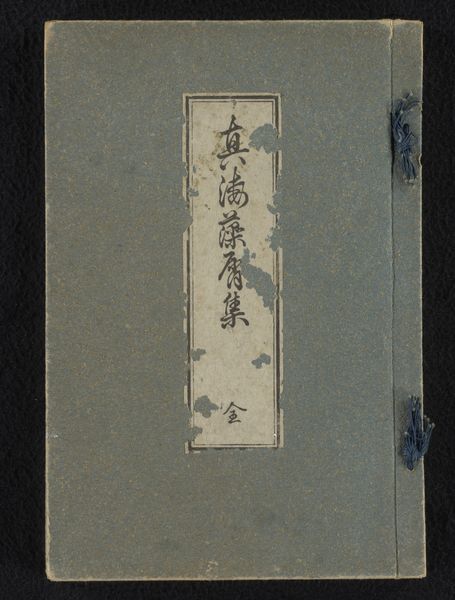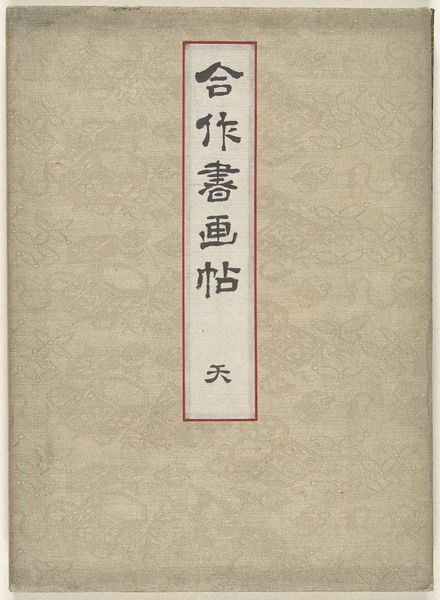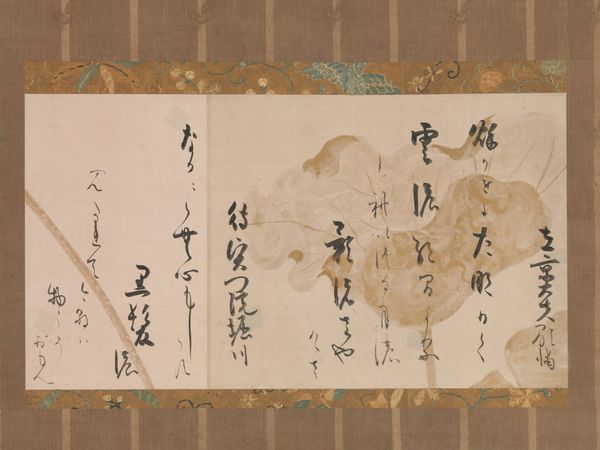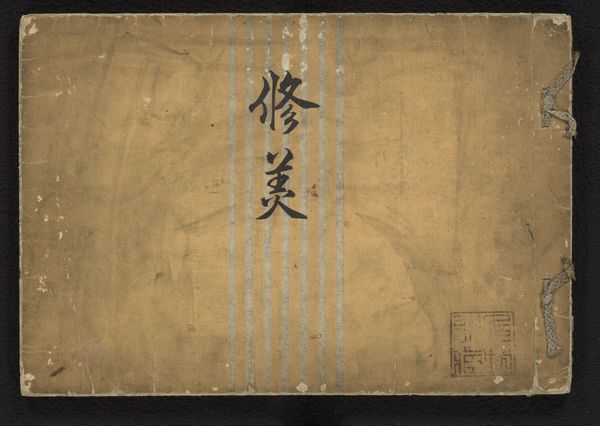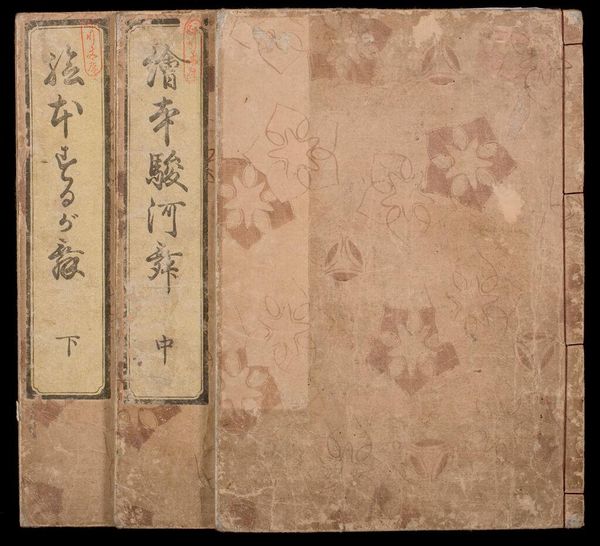
textile
#
asian-art
#
textile
#
organic pattern
#
watercolor
Dimensions: 15/16 × 11 1/2 × 8 3/4 in. (2.38 × 29.21 × 22.23 cm)6 3/4 × 10 1/16 in. (17.15 × 25.56 cm) (image)
Copyright: No Known Copyright
Editor: This is "Hell at Leisure" by Koga Harue, created around the early 20th century. It's a collage and watercolor drawing, and it seems to incorporate textile elements as well. I’m struck by the elaborate patterning and the dense composition. What can you tell me about it? Curator: It’s fascinating, isn't it? Let’s consider the materials and how they intersect. This collage brings together seemingly disparate elements - watercolor, drawing, and textile – and elevates the status of everyday material into fine art. Do you notice how the artist has integrated these different mediums? Editor: Yes, it seems to blur the boundaries between "high" art and "craft," especially with the inclusion of the textile element. It feels almost decorative, or like a functional object given artistic significance. Curator: Precisely. Think about the socio-economic implications of this choice. Textiles, often associated with domestic labor and traditionally undervalued as “women’s work,” are brought into the realm of art. This act challenges established hierarchies of value and artistic production. What statement is the artist making by merging these worlds? Editor: It suggests that all labor, whether artistic or domestic, contributes to cultural production, and that those contributions deserve equal recognition. Was textile production significant in this region and time? Curator: Definitely. Understanding the historical context is crucial. The rise of industrial textile production in the early 20th century created new forms of labor, patterns of consumption, and economic inequalities. Koga’s collage can be seen as a commentary on this changing landscape. Editor: So, by examining the materials and their social context, we gain a richer understanding of the artwork's meaning and significance beyond its purely aesthetic qualities. Curator: Exactly. We move beyond simply appreciating the pattern and begin to understand the piece as a critical reflection on its time, it's class, and it's processes. Editor: I never thought of it that way, considering art with the textile or background as important as what’s going on *within* it. Thanks! Curator: My pleasure. It is eye-opening when we look at how these come together, isn't it?
Comments
No comments
Be the first to comment and join the conversation on the ultimate creative platform.
